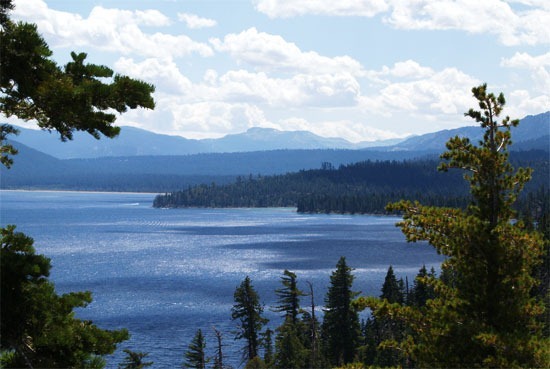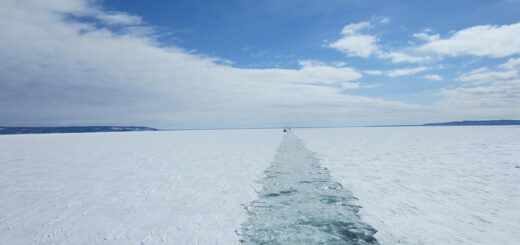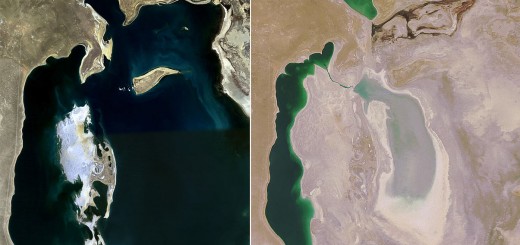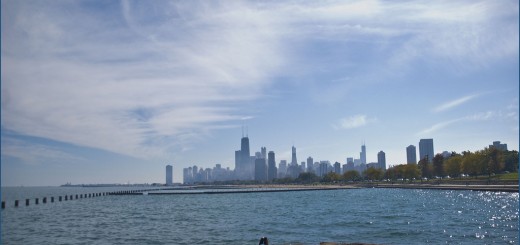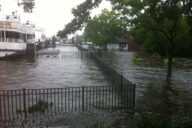Swiss hydro plant reservoir emits methane gas
0
Aare River in Bern, Switzerland
Hydroelectricity has long been considered a mostly clean and renewable source of energy. But new research coming from Switzerland shows that hydro plants are capable of causing greater greenhouse gas emissions than previously thought.
A study conducted by Switzerland’s Federal Institute of Aquatic Science and Technology (EAWAG) has discovered that the shallow Lake Wohlen, an impoundment for the Aare hydro plant, produces significant amounts of methane, a greenhouse gas that contributes to climate change.
The lake was observed bubbling during the summer — likened by one researcher to fizzy champagne. Using funnel-shaped gas traps, researchers determined that 150,000 tons per year of methane were rising from the lake. That’s comparable to the carbon dioxide emissions of a car driving 15.5 miles, according to the EAWAG.
Those emissions are comparatively small, said environmental chemist Tonya Del Sontro. A coal-powered generating station producing the same amount of electricity as the Aare plant would release approximately 40 times the amount of greenhouse gases, expressed in CO2 equivalents, she said. However, the findings represent an emission source not previously included in greenhouse gas calculations.
The methane gas comes from sediment at the bottom of the impoundment that contains high amounts of carbon-rich material. Organic matter is transported to the lake by the River Aare and then undergoes microbial fermentation.
The findings are similar to those from research on tropical reservoirs, such as the Kariba Dam in Zambia, said joint author Bernhard Wehrli, a professor of aquatic sciences at Zurich’s Federal Institute of Technology. Research at Kariba Dam found high inflows of carbon-rich material, which formed sediment in the impoundment capable of releasing greenhouse gasses, Wehrli said.
Wehrli added that several variables affect whether this sediment will cause greenhouse gas emissions, including temperature, depth, and the amount of carbon-rich material, such as dead plant life, that has accumulated. That’s why this is a larger issue in tropical lakes, where warm temperatures foster the increased production of nutrients. By comparison, methane production on Lake Wohlen decreased substantially during winter.
“We have done a study of high Alpine reservoirs that are in a better state in terms of methane emissions,” Wehrli said, noting that high altitude mountain reservoirs are generally in colder, rockier, and less vegetated areas.
The Lake Wohlen study results were published in the journal Environmental Science and Technology, and researchers say they plan to study similar reservoirs to determine how significant an impact these findings have on greenhouse calculations.
It’s long been known that the construction of hydro plants can be disruptive to surrounding aquatic ecosystems, especially with respect to their impact on dissolved oxygen, sediment distribution, and fish habitat, but they have historically been considered “clean,” in that they were thought not to emit greenhouse gases.
Study finds Swiss reservoirs give off methane gas [Swisster] New research questions hydroelectric emissions [AFP]
Image Credit: http://commons.wikimedia.org/wiki/File:Aare_river_in_Bern.jpg




